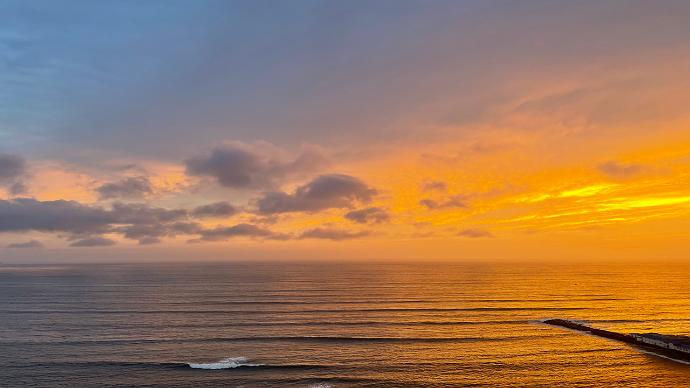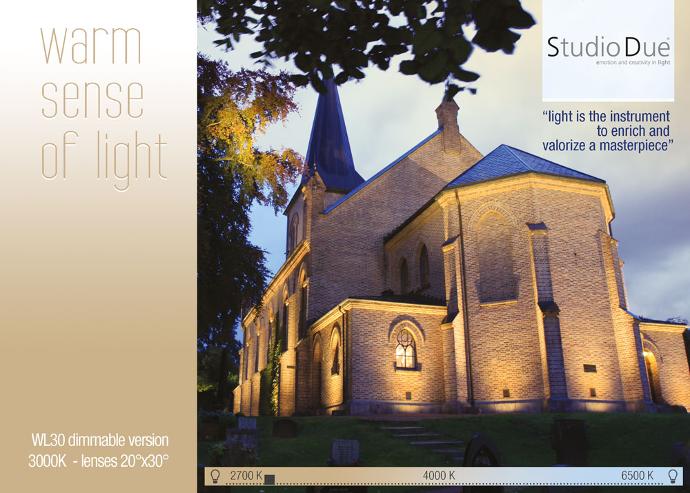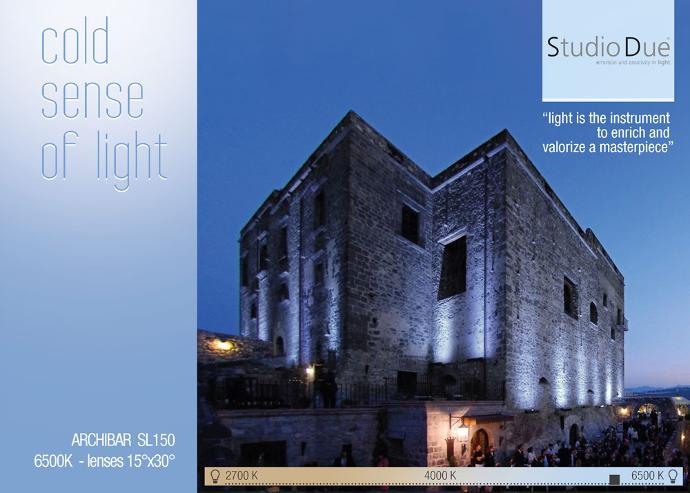
Do we have different perceptions of light at different latitudes?
The phenomenon of light and its perception is common to all sighted human beings. Thus, do we all perceive light in the same way? And, if we do see light in the same way, why are our lighting cultures then so vast and different from each other? How can we explain light perception and the lighting habits in different cultures?
This article of Lighting Designer Andrea Levratti analyses and compares the daylight and the artificial lighting at different latitudes.
I recently had the luck to visit Peru and cross the equator line for the first time in my life.
During the trip to this wonderful country and its beauties (including excellent food), I spent some time in Máncora, a small village in the north of the country, staying at a guest house owned by good old friends.
The property was undergoing a soft renovation for both interior and exterior, and I couldn't resist giving some lighting advice to the three owners, who are from Argentina, Colombia, and Italy. We discussed the importance of the perception of the spaces, and I let them carry out some cost-effective but efficient lighting interventions, enhancing the aesthetics and perception of the spaces, plus reducing the number of lights.
One of the key elements has been to convince them to switch from a cold to a warm light colour temperature. In my experience, warm lighting tones suit hospitality spaces best, but before explaining to my friends why, I asked them a simple question:
"What made you choose a cold colour temperature against a warm one?"
I wanted to get an understanding of subjective perception before explaining my point of view, and the answers have been interesting:
The Italian friend replied, "I would have preferred the warm light because it communicates comfort and relaxation, but two third of us voted for the cold one."
The Argentinian and Colombian friends replied in unison: "Because with the warm white, we cannot see!"
I have found these answers interesting and started researching if the latitude of where people live can make such a difference in light perception to drive their choices for the selection of the artificial light colour temperature.
After speaking about Circadian rhythm* and other factors and convincing them to intervene in this, we went to some local lighting shops and, with no huge surprise, the answers they gave me were translated into a bigger-scale reality: Most of the lighting products on sale were cold colour temperatures, and asking for "Luz Amarilla" (warm white in Spanish) wasn't successful for most of the products.
Circadian rhythm* is the internal 24-hour "biological clock" that regulates various physiological, behavioural, and mental processes in living organisms, including sleep-wake cycles, hormone production, body temperature, and metabolism. It's regulated by internal and external cues, primarily light, and it helps synchronise the body's functions with the natural day-night cycle.
In my head, I thought about my original question as a micro-poll and, combining my friend's answers with the fact that the demand creates the offer, valorised the theory that there is a relation between latitude and light perception.
The amount of sunlight an area receives can vary depending on its latitude. Generally speaking, areas closer to the equator receive more intense sunlight and have a higher average number of daylight hours than areas closer to the poles. This can affect how people perceive light and colour and how they use light in architecture and design. Additionally, the quality of light can be different at different latitudes, leading to variations in colour perception and rendering.
People living closer to the equator may opt for cooler architectural lighting to counteract the intense heat and sunlight in their environment, while people living farther from the equator may prefer warmer lighting to supplement the lower levels of natural sunlight.
However, this is not a hard and fast rule. Many other factors, such as personal preference, cultural influences, and specific lighting requirements of the space, will also play a role in determining the type of architectural lighting used.
The preference for cooler or warmer light can also be influenced by the type of activity that will be performed in the space; for example, a retail space may want cooler light to make clothes look better, while a residential space may want warmer light to make the space feel more inviting and comfortable.
Andrea Levratti studied Lighting Design at the European Design Institute in Florence, Italy.
He’s an associate IALD (International Association of Lighting Designers), associate AIDI (Associazione Italiana di Illuminazione) and a LEED Green Associate (Leadership in Energy and Environmental Design).
Andrea is the founder for Lightera (www.lightera.co.uk), an independent lighting studio based in London (UK) and specialized in architectural and artistic lighting.


Studio Due combines technical knowledge with high quality design and experience.
We provide solutions from concept to completion for professional installations demanding several white color temperatures, tunable white or RGBW.
Studio Due solutions are a wide range of floodlights and spot lights available as wall mounted and inground fixtures including a kit of tools for any requirement.
Accessories as antiglare, snoots and barn doors are available for each solution.